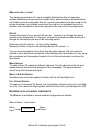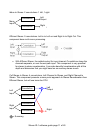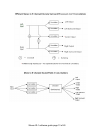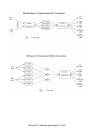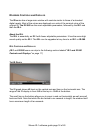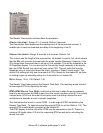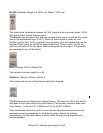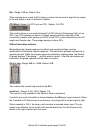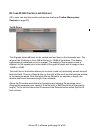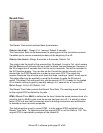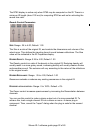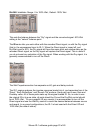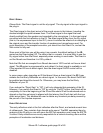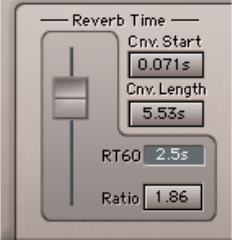
Reverb Time
The Reverb Time section includes these 4 parameters:
C
ONVOLUTION START: Range: 0 TO 1 second; Default: 0 seconds
The Convolution Start determines the starting point of the convolution process. It
enables you to remove unwanted pre-delay at the beginning of an IR.
C
ONVOLUTION LENGTH: Range: 0 seconds to 6 seconds; Default: Full
This control sets the length of the process filter. By default it is set to Full, which means
that the IR-L will convolve the input with the whole Impulse Response. However, if the
IR is longer than 6 seconds then it will be cut to 6 seconds. This will be indicated in the
IR Properties display. You can also set the Convolution length manually to be shorter
than the RT60 Reverb time which will save some CPU. This will make the Impulse
Response stop at some point down the slope, creating a “Gated” reverb sound. The
default Full setting will only use the amount of CPU it needs for the loaded IR, so there
is nothing to gain by manually setting it to 2 seconds for a 2 second IR.
R
ATIO: Range: .25 to 1.00; Default: 1.00
The Reverb Time Fader controls the Reverb Time Ratio. The resulting reverb time will
be the original RT60 multiplied by the ratio.
RT60:
RT60 (Reverb Time, 60dB) is defined as the time it takes the sound pressure
level of a sound to drop by 60dB in gain once the source has been shut off. It is actually
a slope factor. RT60 is a term that is commonly used in building construction and
architecture to describe a room’s acoustic properties.
This field shows the reverb’s current RT60. It is the original RT60 multiplied by the
Reverb Time Ratio. To determine what the original RT60 is, set the Ratio to 1.00. The
original RT60 is calculated by analysis of the loaded IR.
The RT60 display is active only when RT60 may be computed on the IR. There is a
minimum IR length (about 100 ms) for computing RT60 as well as for activating the
reverb time ratio.
Waves IR-1 software guide page 17 of 40




